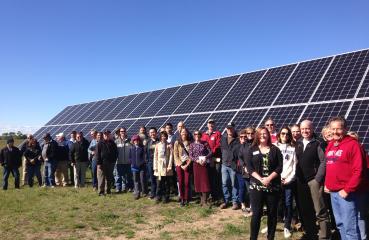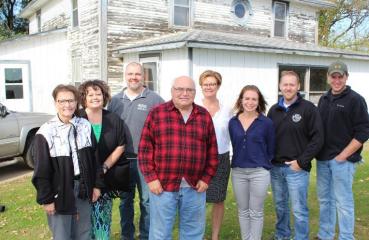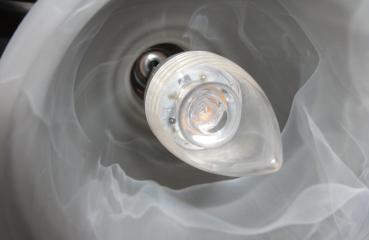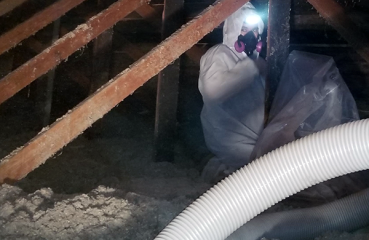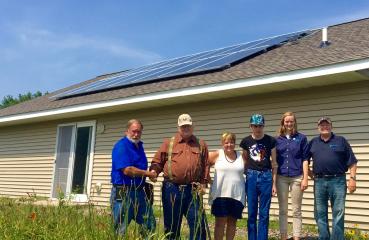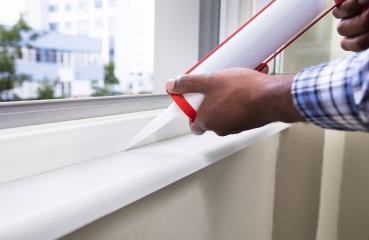Wyttenback said the vermiculite insulation can pose serious long-term health consequences for the homeowner and anyone who comes in contact with the insulation materials. But the CO levels from the failing furnace pose a more immediate health hazard. CO is an odorless, invisible toxic gas that can occur whenever fossil fuel combustion takes place. It can cause flu-like symptoms and at elevated levels can lead to unconsciousness and death.
Kathy’s teenage daughter, who slept in a room adjacent to the furnace, had experienced headaches for several weeks before the furnace was replaced. People exposed to CO at levels of about 100 PPM often experience headaches. After the new furnace was installed, her headaches went away. The room near the furnace was equipped with a CO detector before the new furnace, but the batteries had worn out and the detector wasn’t working.
Kathy is forever grateful to WCMCA, especially for protecting the health of her family. After her furnace was replaced, the audit was finalized and the home went on to receive Healthy AIR and Weatherization services. Her home received air sealing, attic and wall insulation, rim joist insulation, LED lighting retrofits, pipe insulation, bath fan and venting, dryer venting, and new CO detectors and smoke alarms.
“Everybody from West Central MN Communities Action worked so well together,” said Kathy. “They were very professional. I didn’t expect to receive so much. I never could have afforded all that they did, even the new CO and smoke alarms. They did me a humongous favor; it was a godsend.”
Homes like Kathy’s are not uncommon. Virtually every Weatherization auditor in the state has a CO story. Ben Tucker, Training and Technical Assistance Specialist with the state WAP and a former energy auditor, arrived for an energy audit at a home in New Brighton several years ago.
“The customer told me she had been suffering from an undiagnosed debilitating chronic health condition,” he said. “She had been to doctor after doctor with no improvement and hadn’t been able to work for years. She said that emergency responders had been to her home multiple times but hadn’t been able to determine what was wrong. When I tested the furnace, the carbon monoxide was very high, but then I found something much worse. The bottom of the chimney flue was completely corroded and had gaping holes that were dumping CO from the furnace and water heater exhaust into the home. It was a sobering moment to consider how much grief she had suffered from poison air in her home, but knowing we would be able to install a safely venting furnace and that she would be able to focus on getting better was a great feeling.”


